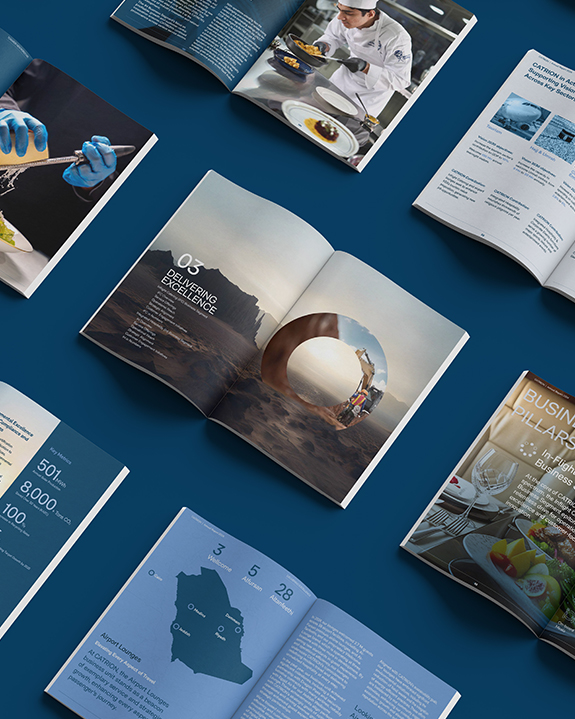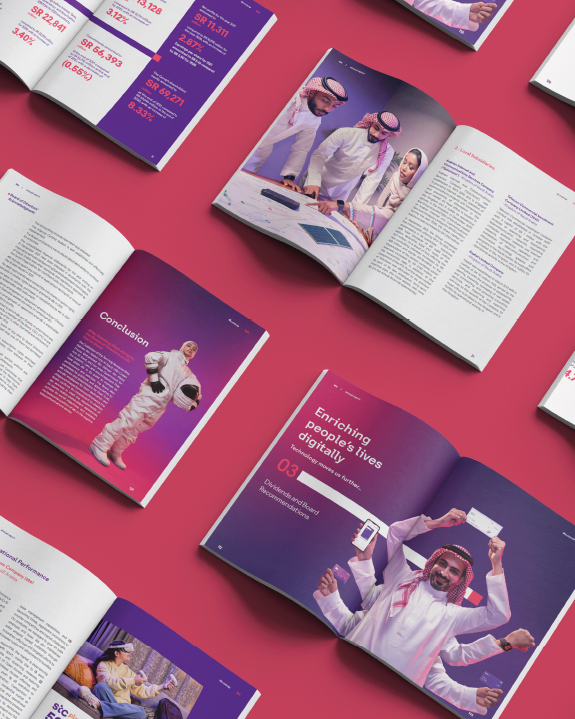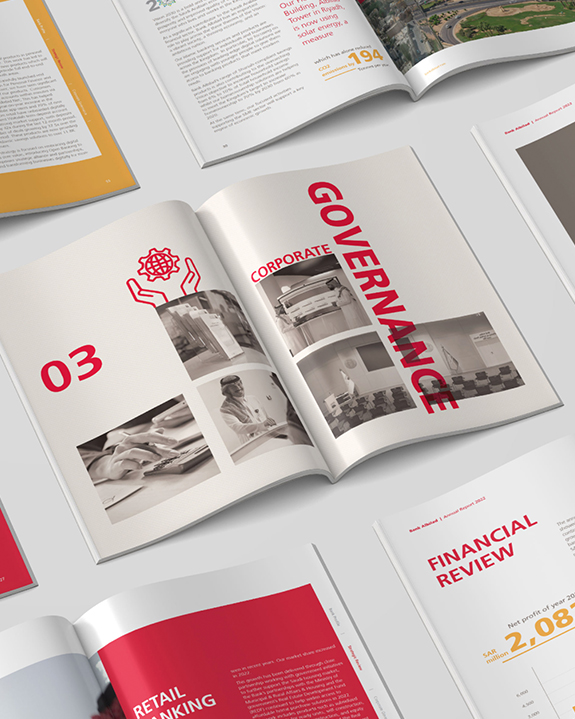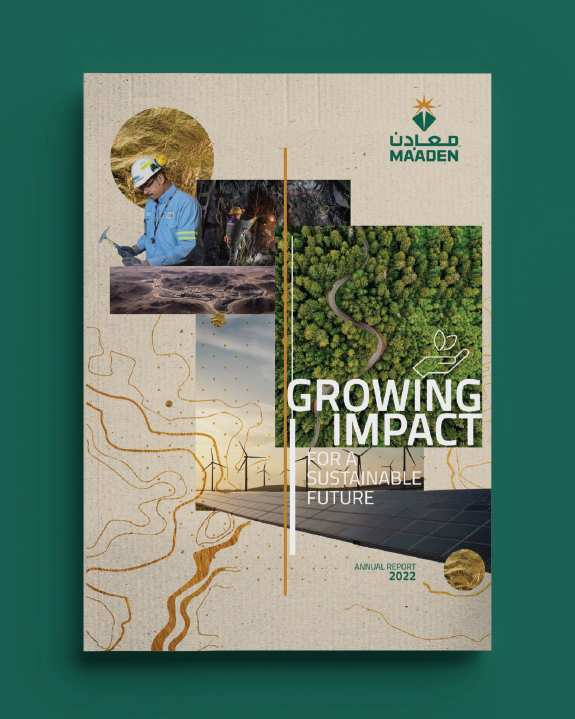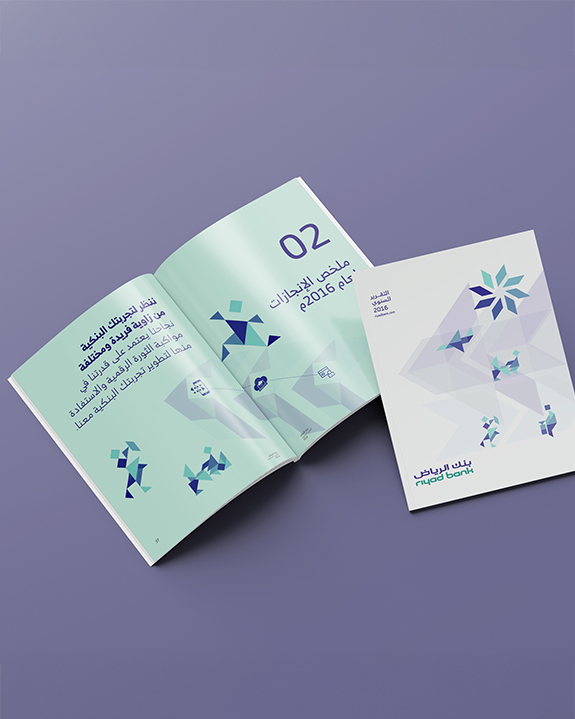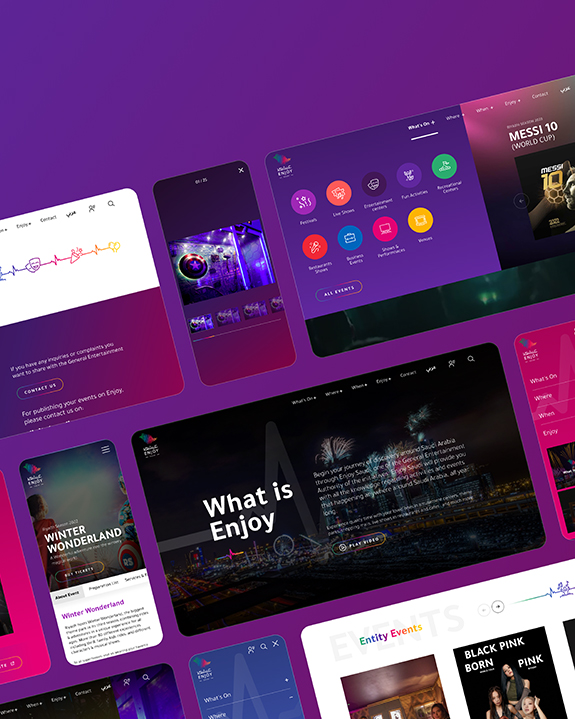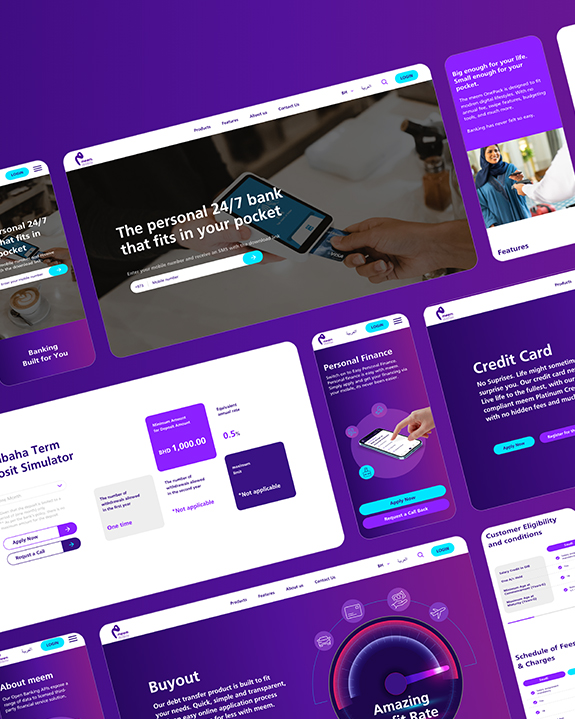UX That Builds Trust
Why Design Can Make or Break GCC Fintech
In Digital Finance, Users Decide in Seconds Whether to Trust, or Leave
A user lands on your fintech app. They’re ready to transfer funds, check a balance, or explore investment options.
But the interface feels cluttered. The flow is unclear. The language doesn’t match their expectations. Within seconds, they hesitate, and often, they leave.
In GCC fintech, trust isn’t earned over time. It’s built—or broken—at first glance.
GCC Fintech Is Booming. But Trust Is Fragile
From Saudi Arabia’s open banking initiatives to Bahrain’s digital wallet adoption, fintech across the GCC is scaling fast. The region is investing heavily in infrastructure, regulation, and innovation.
But while the backend is robust, the front-end experience often lags.
This is where many founders and giga projects falter. They invest in architecture, logistics, and operations, but treat branding as a secondary concern.
This matters because fintech is personal. Users are sharing sensitive data, making financial decisions, and relying on digital platforms to manage their money. One broken flow, one unclear screen, and the relationship is compromised.
For leaders in banking, payments, and investment platforms, the challenge is clear:
Trust must be designed into every interaction.
UX Is a Trust System
Too often, UX is treated as a final polish. A layer of usability added after the product is built. But in fintech, UX is foundational. It’s the system that reassures users, guides behavior, and signals credibility.
This goes beyond clean layouts or intuitive buttons. It’s about how users feel when they navigate your platform.
Do they understand what’s happening?
Do they feel in control?
Do they trust the brand behind the interface?
That’s where UX UI design services become essential. They help fintech teams design not just for function, but for emotional clarity. They ensure that every screen, flow, and interaction builds confidence, not confusion.
Why Trust-Driven UX Delivers Commercial Impact
Fintech platforms with intentional UX see measurable results:
Higher Onboarding Completion Rates
Clear flows reduce friction and drop-offs.
Lower Support Costs
Intuitive design means fewer user errors and fewer help requests.
Stronger Lifetime Value
Trust leads to repeat usage, referrals, and deeper engagement.
Faster Market Adoption
In competitive GCC markets, seamless UX becomes a differentiator.
For fintech leaders, it’s about growth, retention, and reputation.
Actionable UX Priorities for GCC Fintech Teams
To build trust through design, fintech teams must go beyond aesthetics. Here are three strategic priorities:
Prioritize Clarity in Onboarding
First impressions matter. Onboarding is where users decide whether your platform feels safe, intuitive, and worth their time.
Why it matters:
Sets the tone for the entire experience
Reduces early-stage churn
Builds confidence in data security and platform reliability
How to apply it
Use progressive disclosure to avoid overwhelming users
Offer clear explanations for permissions and data usage
Partner with a GCC UX agency to localize onboarding flows for regional audiences
Use Consistent UI Patterns to Reduce Cognitive Load
In fintech, users are often multitasking, distracted, or under pressure. Design must reduce mental effort, not add to it.
Why it matters
Helps users predict outcomes and navigate with ease
Minimizes errors and frustration
Reinforces brand reliability
How to apply it
Standardize button placements, icons, and terminology
Avoid unnecessary animations or novelty that disrupts flow
Localize Trust Signals for GCC Audiences
Trust looks different in every market. In the GCC, users expect cultural fluency, language clarity, and familiar security cues.
Why it matters
Builds emotional relevance and regional credibility
Avoids missteps that erode trust
Enhances adoption across Saudi Arabia, UAE, Bahrain, and beyond
How to apply it
Offer biometric login options (fingerprint, face ID)
Collaborate with a GCC UX agency to align design with local expectations
| UX Element |
Why It Builds Trust |
How to Apply It |
| Clear Onboarding Flow |
Reduces friction and sets expectations |
Use progressive steps, explain permissions, localize for Arabic and English |
| Consistent UI Patterns |
Helps users feel in control and reduces errors |
Standardize layouts, avoid novelty, test with real users |
| Biometric Login Options |
Signals security and modernity |
Integrate fingerprint and face ID options across devices |
| Arabic UX Copy |
Builds cultural relevance and emotional clarity |
Avoid literal translation, use regionally attuned phrasing |
| Visual Hierarchy |
Guides attention and reduces confusion |
Prioritize key actions, use whitespace strategically |
| Microinteractions |
Reinforce feedback and responsiveness |
Use subtle animations to confirm actions and build confidence |
In fintech, trust is a feeling. UX is how you create it.
GCC Context: Why UX Is a Strategic Lever
Fintech in the GCC is evolving.
Governments are pushing for open banking, digital wallets, and AI-driven financial services. But with innovation comes complexity. And complexity, if not designed well, erodes trust.
For example
A Bahraini investor exploring a robo-advisor wants transparency and control.
A UAE-based SME using a payment gateway needs speed and simplicity.
In each case, digital product design must reflect not just functionality, but emotional intelligence. It must anticipate user needs, reduce friction, and signal credibility.
What Fintech Founders Often Overlook
Founders are focused on product-market fit, regulatory compliance, and funding. But without trust-driven UX, even the best fintech ideas struggle to scale.
What’s often missed is
Design is not decoration.
It’s how users experience your brand.
Trust is not a feature.
It’s the outcome of intentional design.
That’s why partnering with a GCC UX agency is a strategic move. It ensures your product feels credible, intuitive, and regionally attuned from day one.
Designing for Confidence: How UX Earns Trust in Fintech
In GCC fintech, trust drives everything, from adoption to retention, from reputation to revenue.
And trust isn’t built through slogans or security badges. It’s built through design.
Design that feels clear, consistent, and culturally fluent.
Design that guides users, reassures them, and earns their belief.
Design that turns digital products into trusted financial partners.
Whether you’re launching a new app, scaling a payment platform, or reimagining digital banking, the message is clear:
Invest in UX UI design services that prioritize trust
Partner with a GCC UX agency that understands regional nuance
Treat digital product design as a strategic lever
Because in fintech, users don’t just adopt products. They choose who to trust. And trust is designed.












